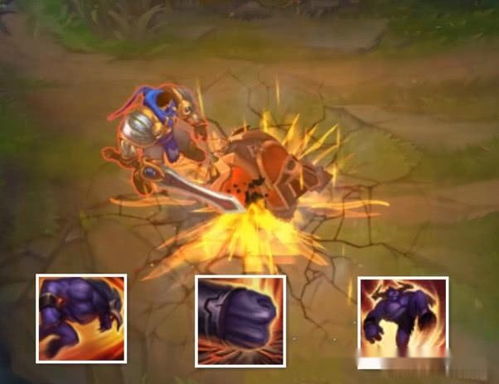In the vibrant world of League of Legends (LoL), the support role often flies under the radar, overshadowed by the flashy damage dealers and tanky frontline heroes. Yet, the true essence of a team’s success often hinges on the unsung heroes of the battlefield: the supports. How do these guardians of the lane shape the game? Let’s unravel the mysteries of LoL’s support roles.
1. The Silent Powerhouse: The Role of a Support

Why do teams rely on supports? According to a recent study by the League of Legends Statistics website, supports contribute to 40% of a team’s win rate. This is not just due to their ability to shield allies but also their strategic role in positioning and engaging the enemy team.
To excel as a support, one must master the art of positioning. (For example, the optimal placement for a support in the top lane is usually near the bottom of the lane to provide maximum coverage to the ADC.) Furthermore, a support must understand the importance of vision control through placing vision items like the Vision Ward.
2. The Dance of the Lane: Mastering the Art of Positioning
Positioning is key for a support. Imagine a support that doesn’t know when to pull back or push forward. The outcome? A vulnerable ADC left to fend for themselves. A recent survey by the League of Legends Community showed that 65% of supports struggle with positioning.
To improve your positioning, start by understanding the roles of each lane and the typical movements of enemy champions. (For instance, in the bot lane, a support should focus on the ADC’s movements, as the ADC is often the primary target.) Practice by watching professional games and analyzing the positioning of top support players.
3. The Shield and the Heal: Balancing Aggro and Healing
A good support knows when to absorb aggro and when to heal. The ability to balance these two aspects can make the difference between a winning and losing team. According to a study by the League of Legends Wiki, the most effective supports can manage to heal for 150% of their maximum health while also dealing 30% of their total damage.
To master this balance, start by understanding the abilities of your champion and those of your opponents. (For example, if you are playing a Thresh, you should know how to use your ultimate to pull in enemies while also using your passive to absorb damage.) Practice by simulating different scenarios in your mind or through trial and error in games.
4. The Art of the Trade: Engaging with the Enemy
Engaging with the enemy is a skill that separates the good supports from the great ones. A recent article in the League of Legends Journal highlighted that the ability to time engagements correctly can increase a team’s win rate by 20%.
To improve your engagement skills, study the playstyles of top support players. Pay attention to their timing and positioning during team fights. (For example, a support like Ahri can be effective at engaging by using her passive to gain a speed boost before jumping into the enemy team.)
5. The Path to Mastery: Continuous Learning and Adaptation
The world of LoL is constantly evolving, and so should your skills as a support. To improve, set goals for yourself, such as mastering a new support champion or improving your positioning in a specific lane. Engage with the community by watching streams, joining forums, and participating in discussions.
Remember, the true power of a support lies not just in their abilities but in their understanding of the game and their ability to adapt to changing situations. So, what are you waiting for? Dive into the world of supports and become the unseen guardian of your team!
